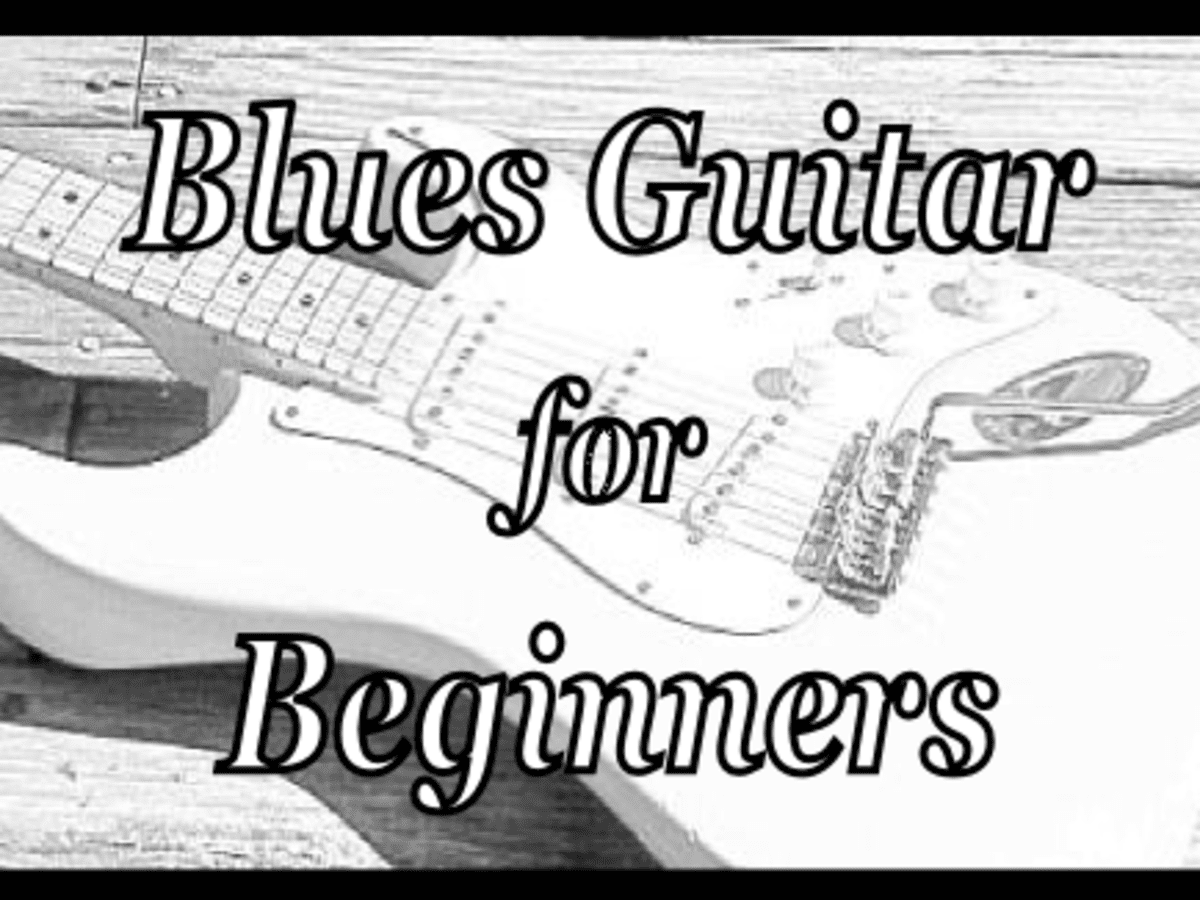Blues Guitar Tabs Fundamentals Explained
Wiki Article
Little Known Facts About Blues Guitar Books.
Table of ContentsThe Of Blues Guitar Tab BooksThe Facts About Blues Guitar Tabs UncoveredBlues Guitar Tabs Can Be Fun For EveryoneAll about Blues Guitar TabsIndicators on Blues Guitar Books You Should KnowWhat Does Blues Guitar Tab Books Mean?Unknown Facts About Blues Guitar Tabs
Since this range is a lot more certain in nature, i. e. it lays out the chord a lot more directly than the minor pentatonic scale which outlines the secret, this scale can only fit one chord at a time. This implies that if you are soloing over A7, you use the A major pentatonic scale, and after that when you change to the D7 chord, you need to switch to the D significant pentatonic range.Try placing on a two chord vamp once you have this range under your fingers, A7-D7 4 bars each for instance, and afterwards move between the 2 significant pentatonic ranges as you solo over each chord in the progression. It will certainly take a little bit of time to get this range right into your solos, however if you are aiming to bring a nation, swing, jump blues seem to your lines, then this is the excellent range to discover.
What Does Blues Guitar Lessons Mean?
Begin exploring this range by placing on an A7 to D7 backing track, four bars each, and relocating in between the An and also D mixo pent scales as the chords change on the track. From there, take these very same scales and apply them to a full blues development, such as the backing tracks provided at the end of this lesson.The last range that we will check out in this section of cry Guitar Theory Overview is the Mixolydian Scale (blues guitar solos). The 5th setting of the significant scale system, this 7-note scale is frequently used by country as well as rock players as they solo over blues chords and chord developments. Consisting of the intervals 1-2-3-4-5-6-b7-1, this scale has all of the notes of the 7th chord, 1-3-5-b7, as well as the 2-4-6 expansion notes that add shade to your soloing lines in a blues context.
8 Simple Techniques For Blues Guitar Books
Given that this scale outlines the 7th chord arpeggio, you will need to alter this scale in addition to each chord in cry chord progression. You will certainly play A Mixo over A7, D Mixo over D7, as well as E Mixo over E7, if you were soloing over a blues development in the key of A.Try having fun over an A7 backing track to begin, making use of only the A Mixo Range to build your lines. Once that fits, include in a D7 chord and start to change ranges as you switch scales in your soloing technique regimen. Take the Mixo range to your blues soloing concepts over the whole 12-bar form to see as well as hear how this scale fits over that chord development when soloing.
How Blues Guitar Lessons can Save You Time, Stress, and Money.
The essential blues chord is the Leading 7th, which is built from the fifth note of the major scale as well as consists of the intervals 1-3-5-b7, which is where we'll start in this section as you discover 7th chords and arpeggios on the guitar. From there, you will additionally find out just how to play various other important arpeggios as well as chords for the blues, such as 9th and also 7 # 9 chords and also arpeggios on the guitar. blues guitar solos.Again, considering that this can be difficult to do, start by soloing over an A7 vamp, then increase to A7-D7, and finally to the whole blues develop. Arpeggios are a terrific method to detail any chord in a blues directly, while bursting out click to read of the more usual scale seems that lots of blues gamers adhere to when very first discovering blues soloing concepts.
10 Easy Facts About Blues Guitar Tab Books Explained


Blues Guitar Tabs for Beginners
This implies that you solo over Am7 with an Am7 arpeggio and solo over Dm7 with a Dm7 arpeggio for example. Soloing over a minor blues progression can be a bit boring when utilizing just the minor pentatonic or minor blues scales, so discovering and also using the m7 arpeggios is a terrific method to break up your scale operate in a small blues circumstance.Working similarly as 9th arpeggios, these shapes are used to add shade to your 7th chords, therefore you do not have to wait until you see A9 on a chart to play that chord, you can play A9 whenever you see A7 composed as they are from the exact same household of dominant chords.
The Facts About Blues Guitar Tabs Uncovered
Attempt having fun with a blues chord progression as well as when you obtain to the V7 chord, E7 as in read this the example below, try playing E7 # 9 as well as see just how it seems to your ears. Also, this chord is likewise utilized as the V7 chord in a minor blues chord development, which you can see in bar 10 of the small blues instance near the end of this blues guitar theory overview.
Report this wiki page